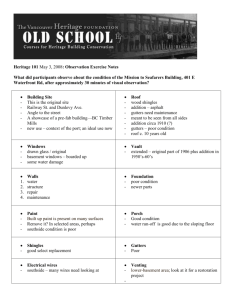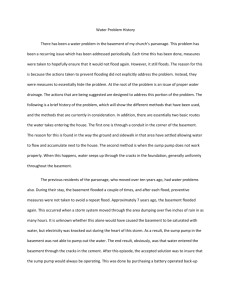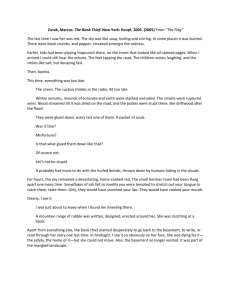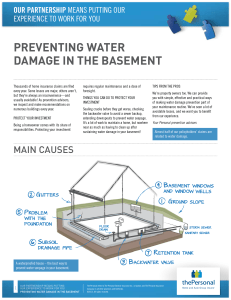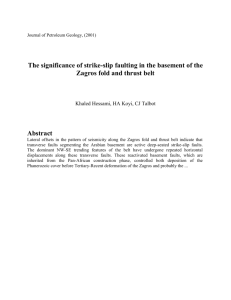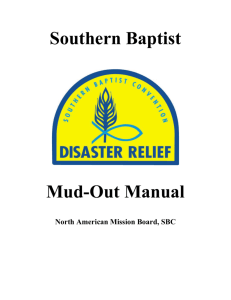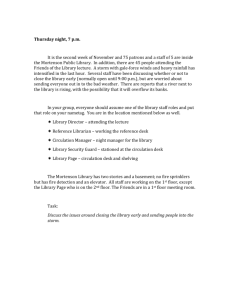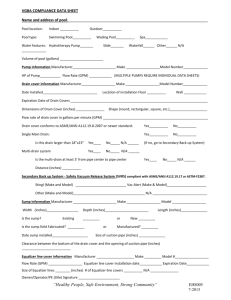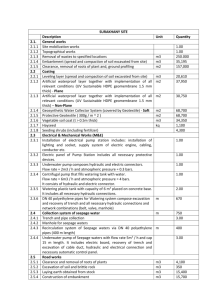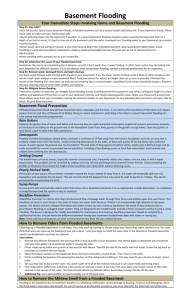seepage
advertisement
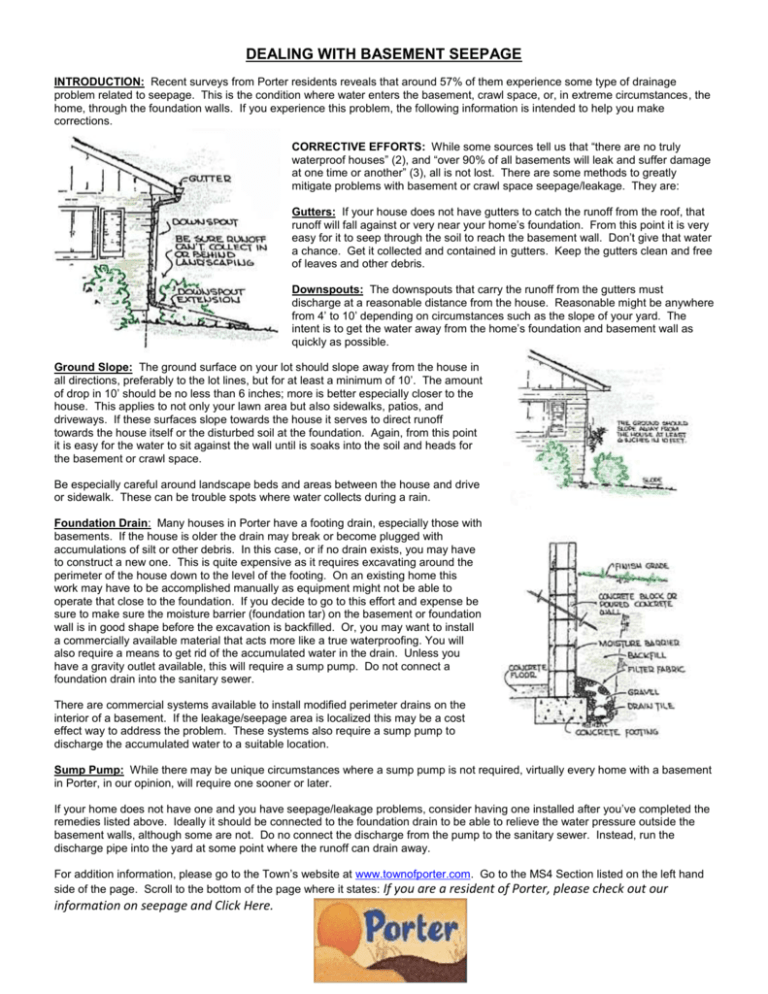
DEALING WITH BASEMENT SEEPAGE INTRODUCTION: Recent surveys from Porter residents reveals that around 57% of them experience some type of drainage problem related to seepage. This is the condition where water enters the basement, crawl space, or, in extreme circumstances, the home, through the foundation walls. If you experience this problem, the following information is intended to help you make corrections. CORRECTIVE EFFORTS: While some sources tell us that “there are no truly waterproof houses” (2), and “over 90% of all basements will leak and suffer damage at one time or another” (3), all is not lost. There are some methods to greatly mitigate problems with basement or crawl space seepage/leakage. They are: Gutters: If your house does not have gutters to catch the runoff from the roof, that runoff will fall against or very near your home’s foundation. From this point it is very easy for it to seep through the soil to reach the basement wall. Don’t give that water a chance. Get it collected and contained in gutters. Keep the gutters clean and free of leaves and other debris. Downspouts: The downspouts that carry the runoff from the gutters must discharge at a reasonable distance from the house. Reasonable might be anywhere from 4’ to 10’ depending on circumstances such as the slope of your yard. The intent is to get the water away from the home’s foundation and basement wall as quickly as possible. Ground Slope: The ground surface on your lot should slope away from the house in all directions, preferably to the lot lines, but for at least a minimum of 10’. The amount of drop in 10’ should be no less than 6 inches; more is better especially closer to the house. This applies to not only your lawn area but also sidewalks, patios, and driveways. If these surfaces slope towards the house it serves to direct runoff towards the house itself or the disturbed soil at the foundation. Again, from this point it is easy for the water to sit against the wall until is soaks into the soil and heads for the basement or crawl space. Be especially careful around landscape beds and areas between the house and drive or sidewalk. These can be trouble spots where water collects during a rain. Foundation Drain: Many houses in Porter have a footing drain, especially those with basements. If the house is older the drain may break or become plugged with accumulations of silt or other debris. In this case, or if no drain exists, you may have to construct a new one. This is quite expensive as it requires excavating around the perimeter of the house down to the level of the footing. On an existing home this work may have to be accomplished manually as equipment might not be able to operate that close to the foundation. If you decide to go to this effort and expense be sure to make sure the moisture barrier (foundation tar) on the basement or foundation wall is in good shape before the excavation is backfilled. Or, you may want to install a commercially available material that acts more like a true waterproofing. You will also require a means to get rid of the accumulated water in the drain. Unless you have a gravity outlet available, this will require a sump pump. Do not connect a foundation drain into the sanitary sewer. There are commercial systems available to install modified perimeter drains on the interior of a basement. If the leakage/seepage area is localized this may be a cost effect way to address the problem. These systems also require a sump pump to discharge the accumulated water to a suitable location. Sump Pump: While there may be unique circumstances where a sump pump is not required, virtually every home with a basement in Porter, in our opinion, will require one sooner or later. If your home does not have one and you have seepage/leakage problems, consider having one installed after you’ve completed the remedies listed above. Ideally it should be connected to the foundation drain to be able to relieve the water pressure outside the basement walls, although some are not. Do no connect the discharge from the pump to the sanitary sewer. Instead, run the discharge pipe into the yard at some point where the runoff can drain away. For addition information, please go to the Town’s website at www.townofporter.com. Go to the MS4 Section listed on the left hand side of the page. Scroll to the bottom of the page where it states: If you are a resident of Porter, please check out our information on seepage and Click Here.
